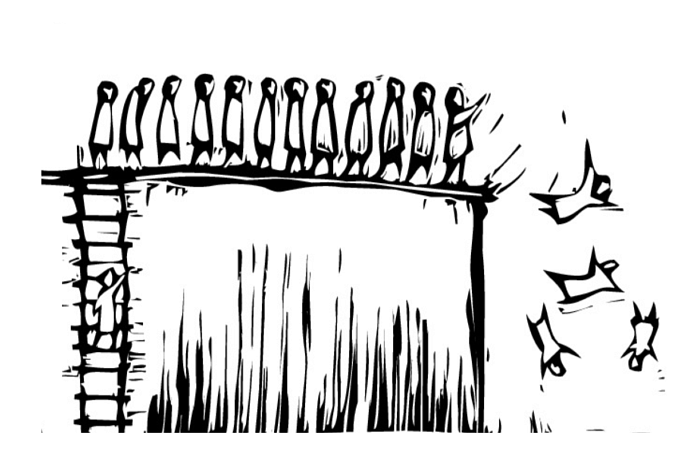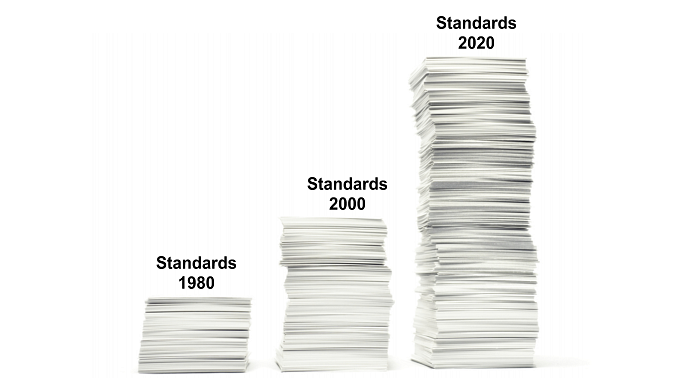
The Consensus Trap of Social Networks
Social networks have been hyped for some time as the IT industry’s Next Big Thing. While their advantages are clear, their less obvious side effects may have far-reaching and questionable consequences.
Before anyone cheers, “I’ve always said it! Social networks are horrible! They’re just ad-driven personal data redistributors! Run for the hills!”, let me point out something: even the toughest skeptics must now admit that networks like Facebook and Twitter have grown at astronomical speed. They’ve achieved a surprisingly dominant presence on the internet.
Billions of users log in daily, creating billions of content pages. Massive amounts of shareholders’ money change hands. Much to the disappointment of those predicting their demise, social networks are not going anywhere. They are here to stay—whether we like it or not.
The Not-So-New Problem: Social Pressure
Despite their success, we should take their side effects seriously. Before addressing them, let’s take a historical detour to ancient China.
Around the 10th century, a powerful cultural trend began: foot binding.
Little girls, as young as four, had their feet broken and tightly bound so they would grow small and have small, pointed feet. It was an excruciating, lifelong torment. These women couldn’t walk properly and suffered permanent pain, infections, and deformities.
I’ll spare you the photos, but an X-ray alone tells the story—their bones folded inward into unnatural shapes.

It sounds like a horrific idea — and it was. Yet almost every woman did it.
Even more disturbing, women with natural feet were considered unattractive and unworthy of marriage. Nobody forced them at gunpoint. They wanted to do it. They were proud of it.
Why? Because society told them it was normal, beautiful, and right.
For about a thousand years, roughly one billion women had their feet broken and bound. The practice only ended when Mao Zedong’s regime banned it by force.
The cause was not technology or tyranny—it was social consensus. People accepted something cruel and absurd because everyone else did.
The Modern Equivalent
Which brings us back to social networks.
They connect hundreds of millions of users in a single global environment. That connectivity creates social pressure for consensus—a pressure unlike anything we’ve seen before.
A user who expresses an unpopular opinion is often punished: bullied, unfriended, berated, or publicly shamed. They start believing that “everyone” condemns them.
The opposite happens too: when something seems “widely accepted,” people adopt it without thinking.
I can’t give you statistics, but I’m convinced that social networks — due to their massive scale and PR-driven nature—are more susceptible to groupthink than any previous social structure in human history.
And that is not good news.
The example of Chinese foot binding shows how consensus, while sometimes useful, is not a virtue in itself. Social networks have a blind spot for individuality. They suppress unorthodox thinking quickly and brutally — and they do it globally.
The last enclaves of independent thinkers are under siege. Users feel pressured to blend in or stay silent.
Why It Matters
History shows that great ideas are born from unorthodox minds, not from consensus. They need time, tolerance, and constructive feedback to mature—conditions social networks rarely provide.
Instead, we see the rise of groupthink, where users collectively settle on the lowest common denominator and reject new, unconventional ideas. It’s a modern consensus trap, hidden beneath the surface of online interaction.
What Can Be Done
First, we should maintain competition among networks. Diversity of platforms helps prevent any single one from becoming a “global village” where one opinion dominates all.
The real danger will come if one network monopolizes communication. Then, the power of consensus—beloved by PR agencies—will become overwhelming.
Second, we must not let social networks replace real social life. If future generations grow up comfortable in purely digital environments, they may lose the ability to think individually. Their emotional and intellectual lives could become globally standardized.
That doesn’t have to happen. We can teach young people how consensus works—and how it can mislead. Awareness is an effective vaccine against conformity.
A Personal Note
Some might say this is fear-mongering—the typical rant of an aging technologist losing touch with reality.
To defend myself: socially, networks are superficial. Technologically, they’re simple. After decades in IT, I use them like everyone else—I just don’t use them uncritically.
Others might argue that my proposed countermeasures won’t work. That’s fine—let’s discuss it.
Social media is a fascinating phenomenon. It would be foolish to condemn it entirely. It has value, especially for PR and marketing. But it also carries real social risks.
The consensus trap should not be one of them. If we let it spread unchecked, the foot binding of the past may look harmless by comparison.
Let’s start a conversation on LinkedIn or X.com (formerly Twitter).
I am a project manager (Project Manager Professional, PMP), a Project Coach, a management consultant, and a book author. I have worked in the software industry since 1992 and as a manager consultant since 1998. Please visit my United Mentors home page for more details. Contact me on LinkedIn for direct feedback on my articles.






Be the first to comment